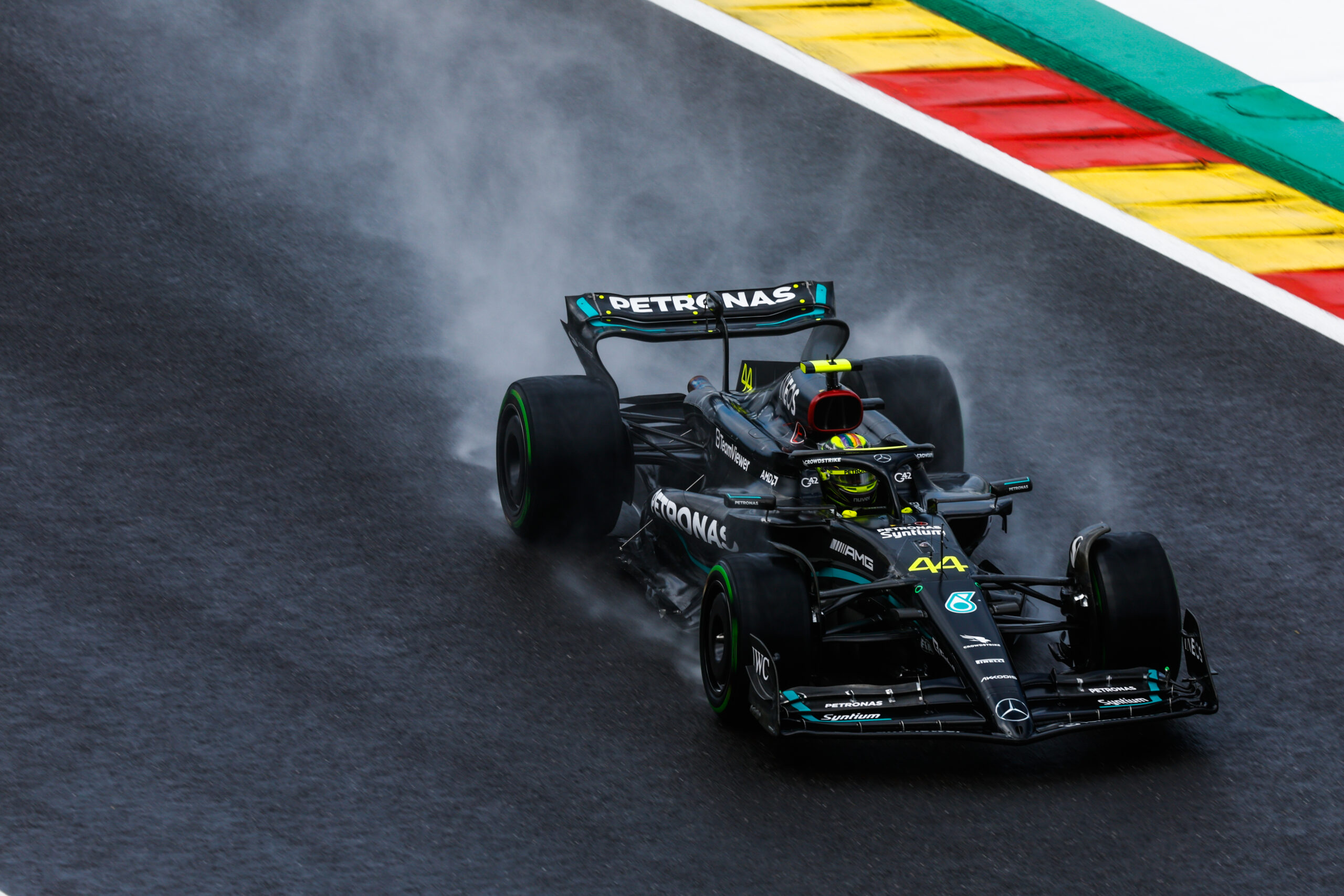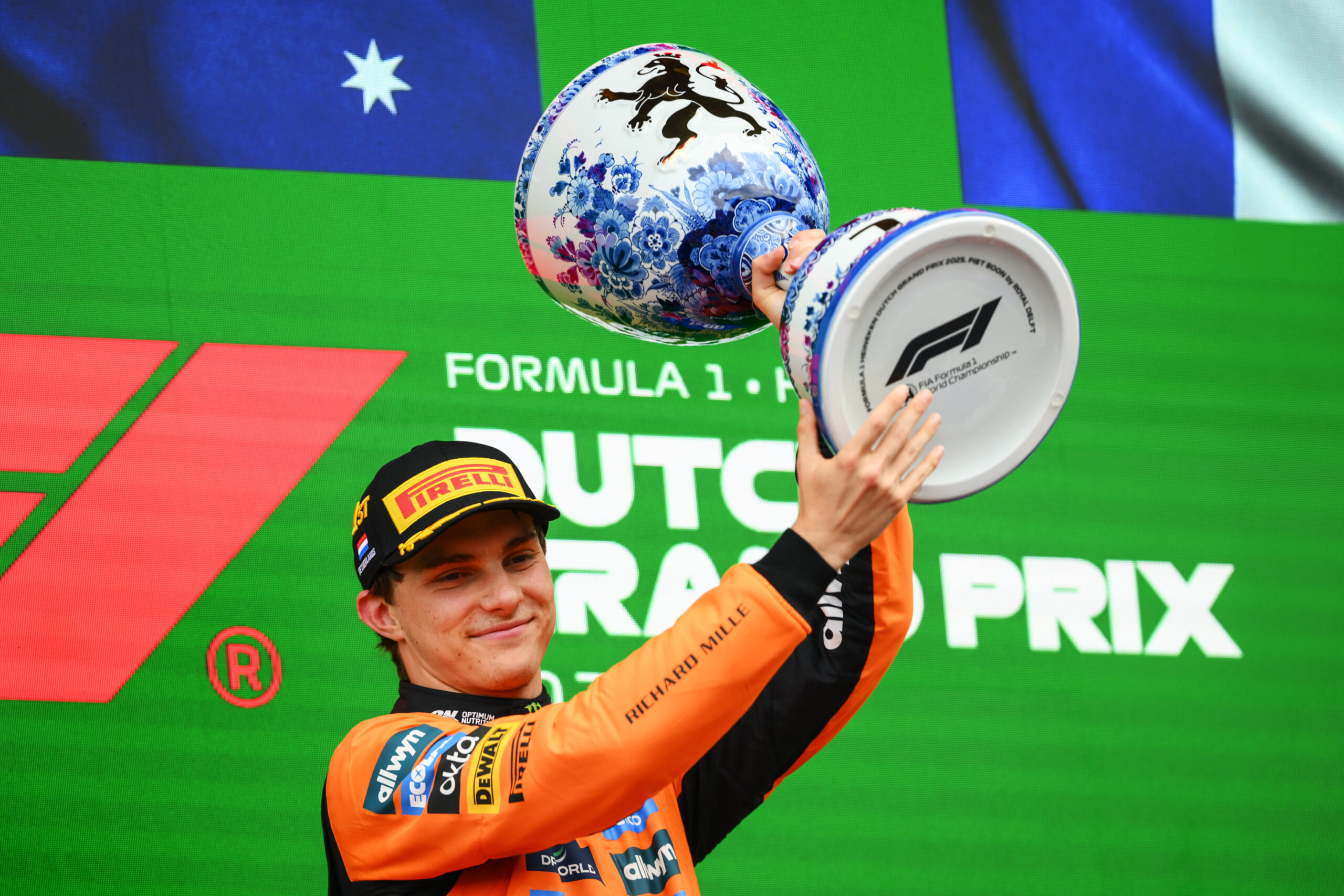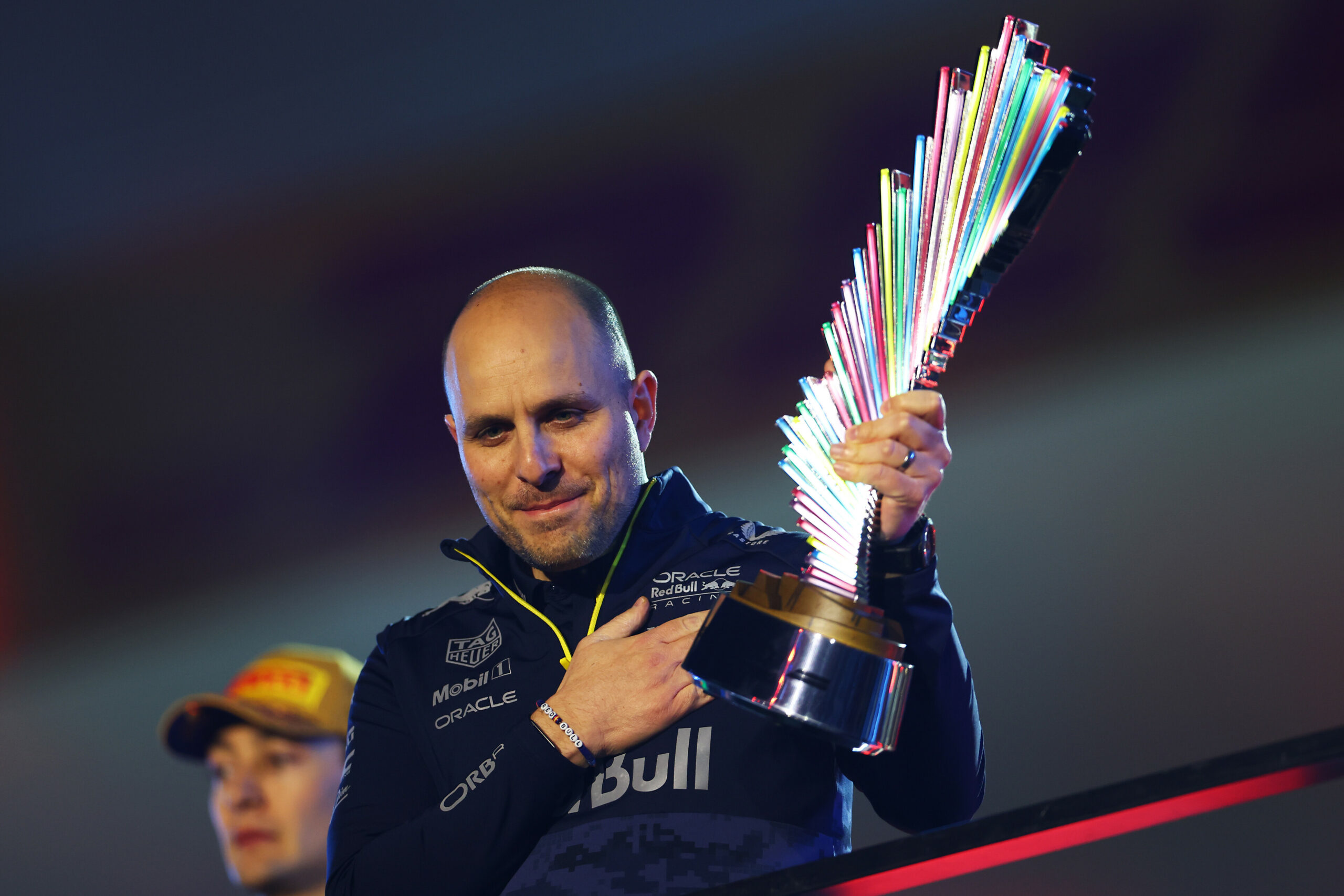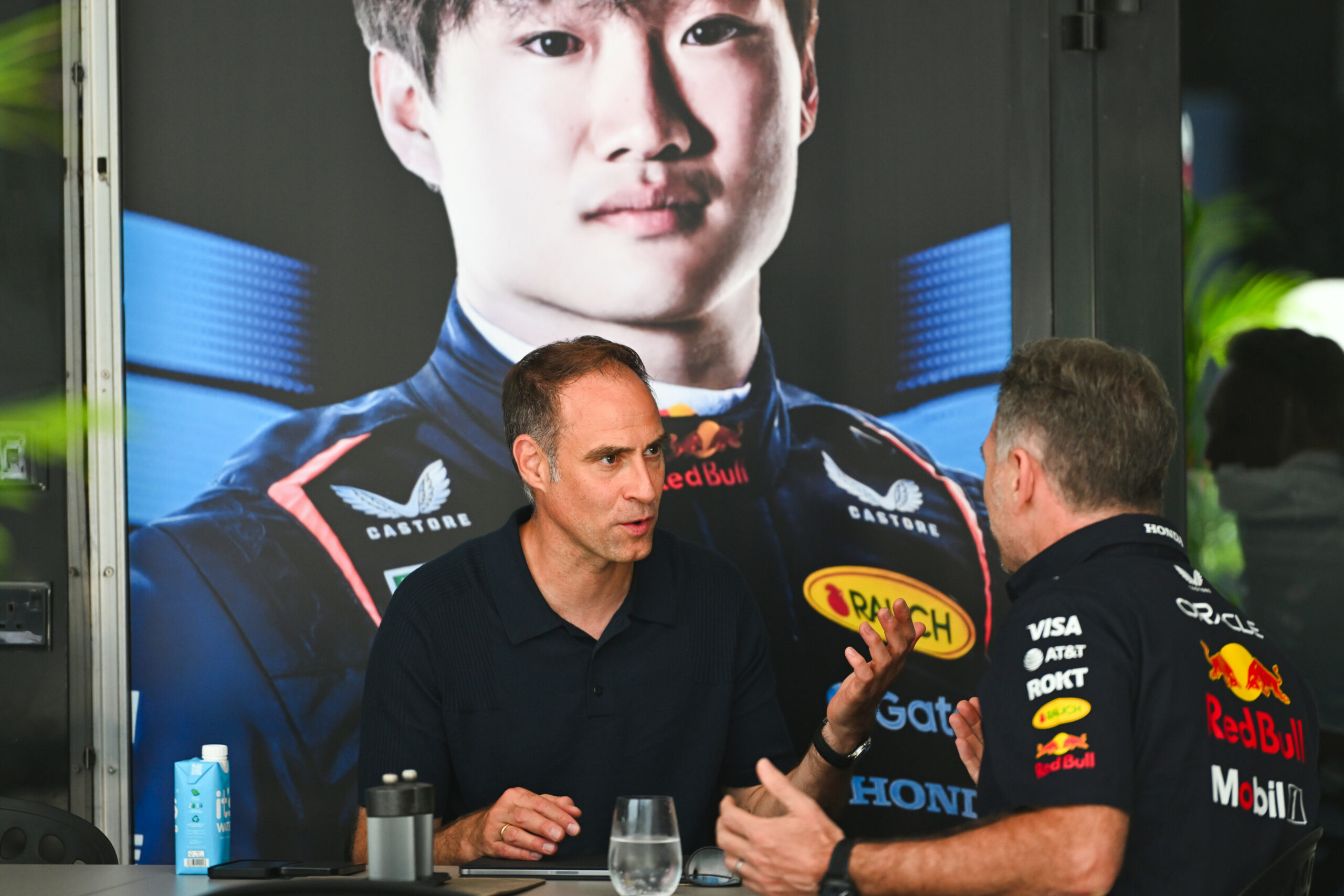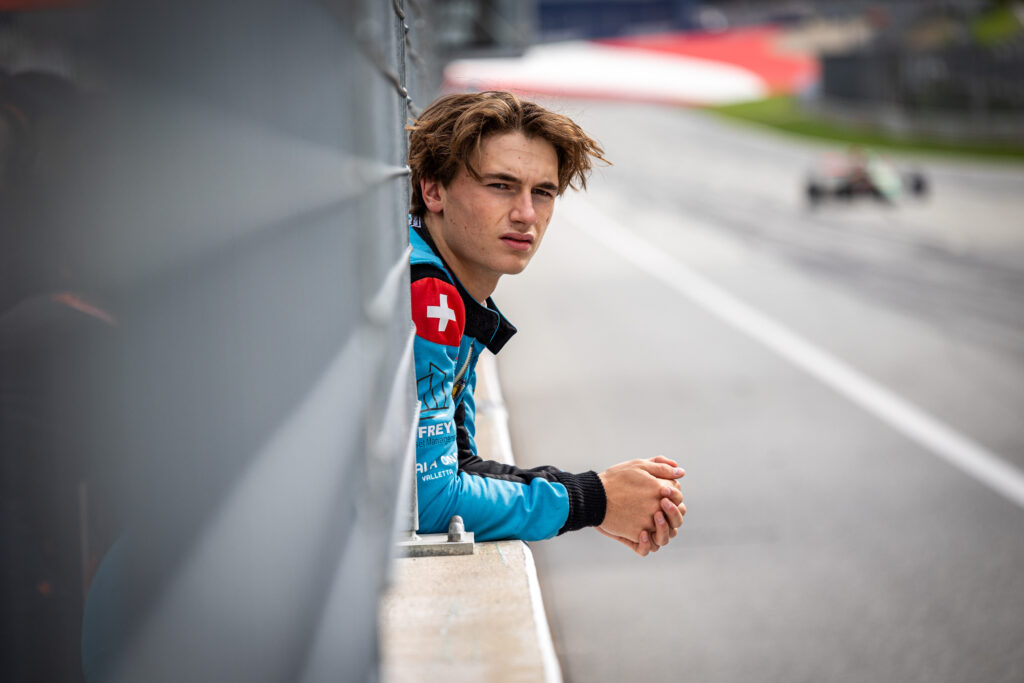In 2022, Formula 1 decided to introduce a raft of changes to the technical regulations for single-seaters in the highest category of motorsport. Ground effect cars made their return.
The main objectives for making all these changes were to make the fight for the championships more even down the track and also to help overtaking.
However, we are currently living through one of the most monotonous seasons in Formula 1 history, with the 12 races that have been held so far being won by Red Bull (10 for Verstappen and 2 for Perez).
One of the problems that had arisen at the start of the 2022 season with the new technical regulations was the effect called ‘porpoising’. This effect consists of aerodynamic aspects of the car that causes a kind of bouncing. All teams were affected by this. However, some prepared better than others.
Without a doubt, the team that was affected the most by this was Mercedes. There were races where their drivers got really sore backs because their car bounced too much on the long straights, as happened during the 2022 Azerbaijan Grand Prix.
Midway through the season, the FIA decided to change the floor height. They believed were directly related to porpoising, so the teams suffered less than they did at the start of the year. Mercedes benefited from this decision.
Nonetheless, the effects they had last year are still the result of not so good results this year.
James Allison, who serves as Mercedes’ technical director, has commented that much of this year they have been researching and trying to steer the team in the best direction after the experience they had last year, which caused them to lose the constructors’ championship for the first time after 8 consecutive victories.
“Although we made great strides last year, 2023 presented all the teams with a rule change that offered some protection against bouncing. Over the winter, we faced a choice,” Allison affirmed. “Go aggressive and trade the bouncing protection in the rule change for performance, or take a more cautious route and steer clear of the sort of porpoising that wrecked our season last year.
“We chose the cautious path, knowing that it would be less painful to correct if we were wrong.
“The story of our year so far has been mostly about finding out that we had been too cautious and making the changes to correct that.”
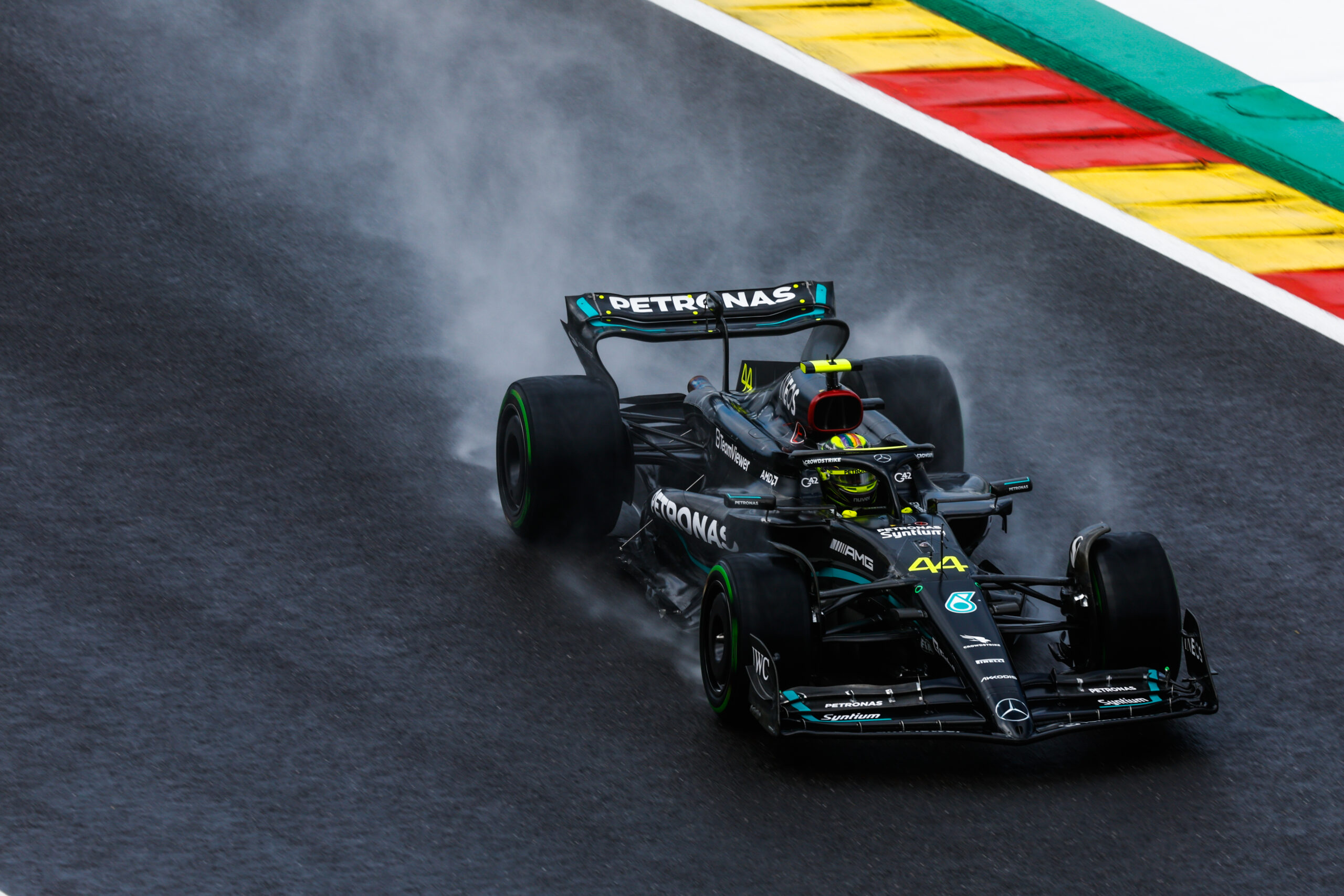
Photo Credit: Mercedes-AMG Petronas F1 Team.
The bouncing effect still occurs on circuits that have very long straights, as was the case at the Belgian Grand Prix, where Russell commented that this effect is still present in current single-seaters.
As James Allison commented, Mercedes is currently focused on being a bit more aggressive with its new aerodynamic packages, however the last major update the W14 had was during the Monaco Grand Prix.
At Spa, the seven-time world champion, Lewis Hamilton, finished the race 50 seconds behind Max Verstappen, showing the advantage Red Bull Racing still has.
That is why Mercedes is already beginning to prepare solely for the 2024 season.
“At this stage of the year, the windtunnel is heavily focused in 2024. Large chunks of the drawing office, vehicle dynamics, manufacturing for long-lead time production items are starting to gather their skirts.”
“From the summer break onwards, next year’s car is where the largest call is answered. But that also gives opportunities for the W14 too.”
With Red Bull Racing leading both championships and by a very good gap, Mercedes has confirmed that they are already working on their car for next year. Allison also confirmed that this development for the W15 can also be beneficial for the current car, since some improvements that are coming out in development could be implemented in the W14.

